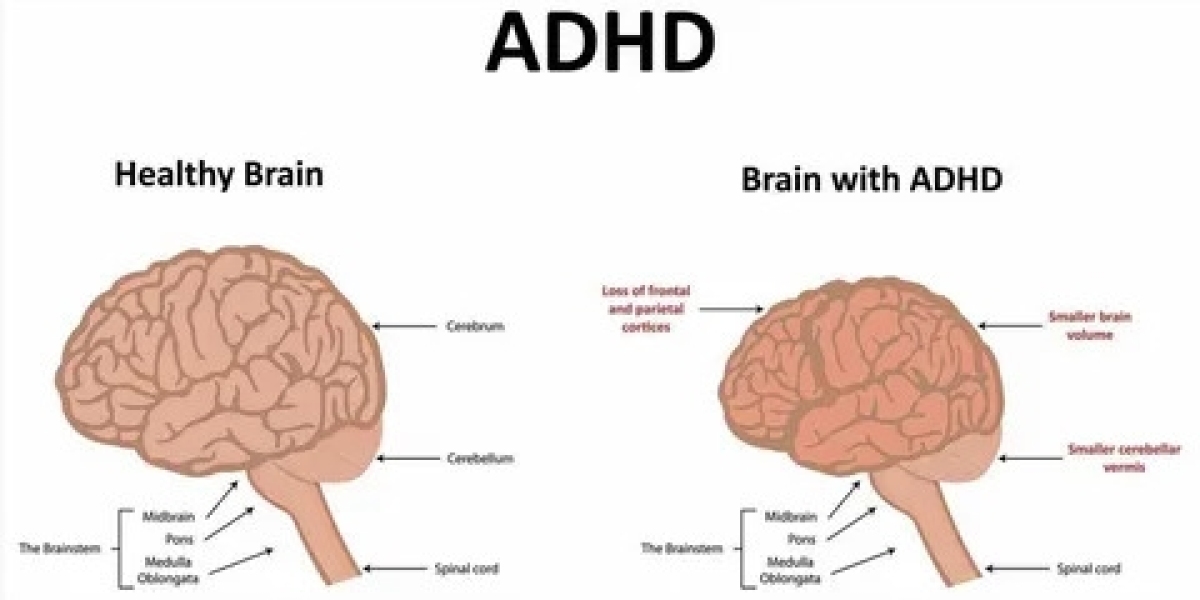Students with Attention Deficit Hyperactivity Disorder (ADHD) may have substantial behavioral and academic setbacks. However, individuals with ADHD can succeed in the school setting if they get good treatment methods and encouragement from teachers. This article examines several ADHD treatment approaches designed especially for the classroom with the goal of promoting academic achievement and a happy learning environment for all kids.
Recognizing ADHD in Educational Settings
Prior to diving into certain treatment approaches, it is critical to comprehend how ADHD presents in the classroom. Common symptoms of ADHD, such as impulsivity, hyperactivity, and inattention, can make it difficult to focus on assignments, follow directions, and maintain organization. These challenges may have an effect on social interactions, academic performance, and general well-being.
Multimodal Approach to Treatment
A multimodal treatment strategy that incorporates several interventions catered to the needs of each individual student is frequently necessary for the effective management of ADHD in the classroom. This strategy could involve working with educators, parents, and medical professionals in addition to using behavioral techniques, accommodations, and medication.
Behavioral Techniques
In the classroom, behavioral techniques are essential for controlling symptoms of ADHD. These techniques seek to reduce disruptive behaviors, increase attention span, and encourage self-control. Among the successful behavioral therapies are:
Structured Routines:
Students with ADHD can feel more at ease and organized in the school setting by having regular daily routines and expectations that are clearly stated. Written instructions and visual schedules might help children stay focused and feel less anxious.
Positive Reinforcement: Students with ADHD can be encouraged to maintain focus and engagement by rewarding and encouraging desired behaviors. It is possible to effectively shape behavior in the classroom by using reward systems, tokens, or praise for meeting deadlines or adhering to regulations.
pauses and Exercise:
Providing kids with ADHD with regular pauses and chances for exercise can help them better focus and let go of extra energy. Attention and productivity can be improved by giving students discrete opportunities to stand or fidget, as well as brief movement breaks and stretching activities.
Modifications and Accommodations
For kids with ADHD, providing accommodations and adjustments can level the playing field and enable them to access the curriculum and successfully exhibit their abilities. Typical accommodations consist of the following:
Extended Time:
Students with ADHD who may have trouble managing their time often feel less stressed and anxious if they are given more time to finish projects, tests, or other responsibilities.
Seating arrangements:
Students with ADHD can focus better and experience less distractions if they are seated strategically, such as in front of the class or far from other sources of distraction.
Visual Aids:
Students with ADHD can learn and retain knowledge more easily if visual aids like charts, diagrams, and graphic organizers are used. Visual cues can help with memory recall and verbal lesson reinforcement.
Medication Administration
Medication may be a part of the treatment approach for some ADHD students in order to assist control symptoms. Teachers must keep parents and medical professionals informed about drug schedules, any side effects, and any changes in a student's behavior or academic performance.
Working together and communicating
Supporting students with ADHD requires effective teamwork between educators, parents, and medical experts. Frequent communication makes it possible to assess progress, share insights, and modify plans of action as necessary. Teachers can make insightful observations about a student's conduct and academic achievement, and parents and healthcare professionals can provide extra support and direction.
In summary, fostering academic success
In order to implement successful ADHD treatment solutions in the classroom, educators must take a proactive, team-oriented approach that takes into account the individual requirements of every student. Through the implementation of behavioral interventions, accommodations, medication management, and open communication, educators may establish a welcoming and inclusive learning environment that supports the academic and social success of all students, including those with ADHD. We enable children with ADHD to realize their full potential and make valuable contributions to the school community by assisting them in their academic achievement.









